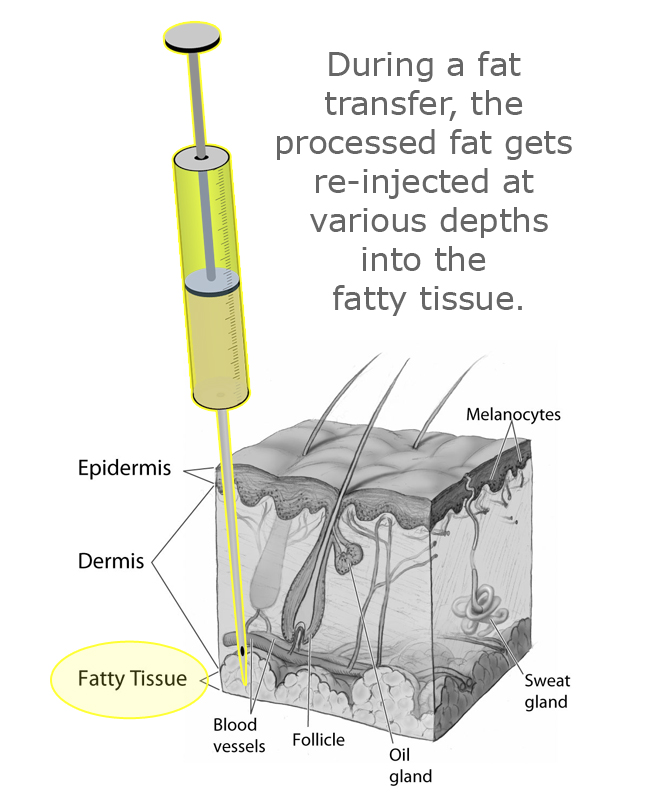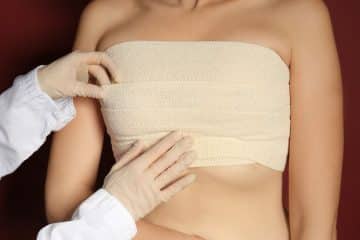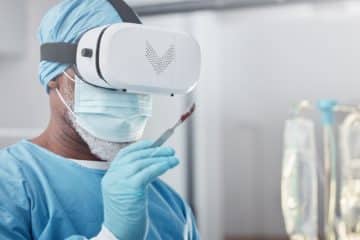Laser resurfacing is a procedure which is aimed at rejuvenating the face. It works by injuring the top layers of your skin, the epidermis, causing a signal which promotes regeneration of new skin at the top layer of the skin.
While laser skin resurfacing is an effective method for prompting fresher, more youthful facial glow, there are some risks that take place at various layers in the skin which can cause fat volume loss.
Because of this fact, I rarely, if ever, use laser resurfacing for facial rejuvenation. Instead I use fat grafting, aka fat transfer. Why? Because with laser, regeneration of the skin is prompted by destruction and that destruction can also cause fat volume loss. With fat grafting, regeneration of the skin is prompted by signals sent by adipose stem cells which reside in the fat that is injected into the subcutaneous layer. With fat grafting, instead of a loss of volume, there is an increase in volume. Volume is increased by direct injection of fat as well as the fact that the process does not destroy cells as laser can do.
Why do some people experience facial fat loss after laser resurfacing?
To answer this question, continue reading or listen to this audio:
Anytime you introduce an energy source into the body, whether it be radiofrequency, or laser, or even CoolSculpting – which is specifically designed to injure fat cells – the cells that are damaged release what’s called DAMPs (Damage Associated Molecular Pattern Molecules, aka Danger Associated Molecular Pattern Molecules) and those DAMPs signal other cells.
lasers can trigger a process called apoptosis, aka cell death
If the signals are severe enough, or a particular kind,the DAMPS can trigger a process called apoptosis, which is programmed cell death, and that keeps on going for weeks or months after the original injury so that patients that have had laser, or patients that have had radiofrequency, or patients that have had CoolSculpt, will continue to have subcutaneous fat tissue loss as a result of that radiofrequency.
Something that is designed to tighten your skin, ends up causing damage further on below the skin and to the fat tissue that’s right under the skin.
 The correction for this, of course, is fat grafting. Fat grafting works in two ways:
The correction for this, of course, is fat grafting. Fat grafting works in two ways:
- It replenishes the fat that was lost.
- The stem cells and regenerative cells in the fat, restore the integrity of the tissue that was lost after the injury.
I now rarely, if ever, offer laser resurfacing as I feel that fat grafting does a much better job at facial rejuvenation. I have been talking about the benefits of facial fat grafting for years and I find that we are doing more and more facial fat grafting procedures as an alternative to facelifts.
Likewise, fat grafting is the perhaps the single best solution to fat loss that occurs following laser resurfacing. If you have had this happen, a fat transfer may be exactly what the doctor ordered!


